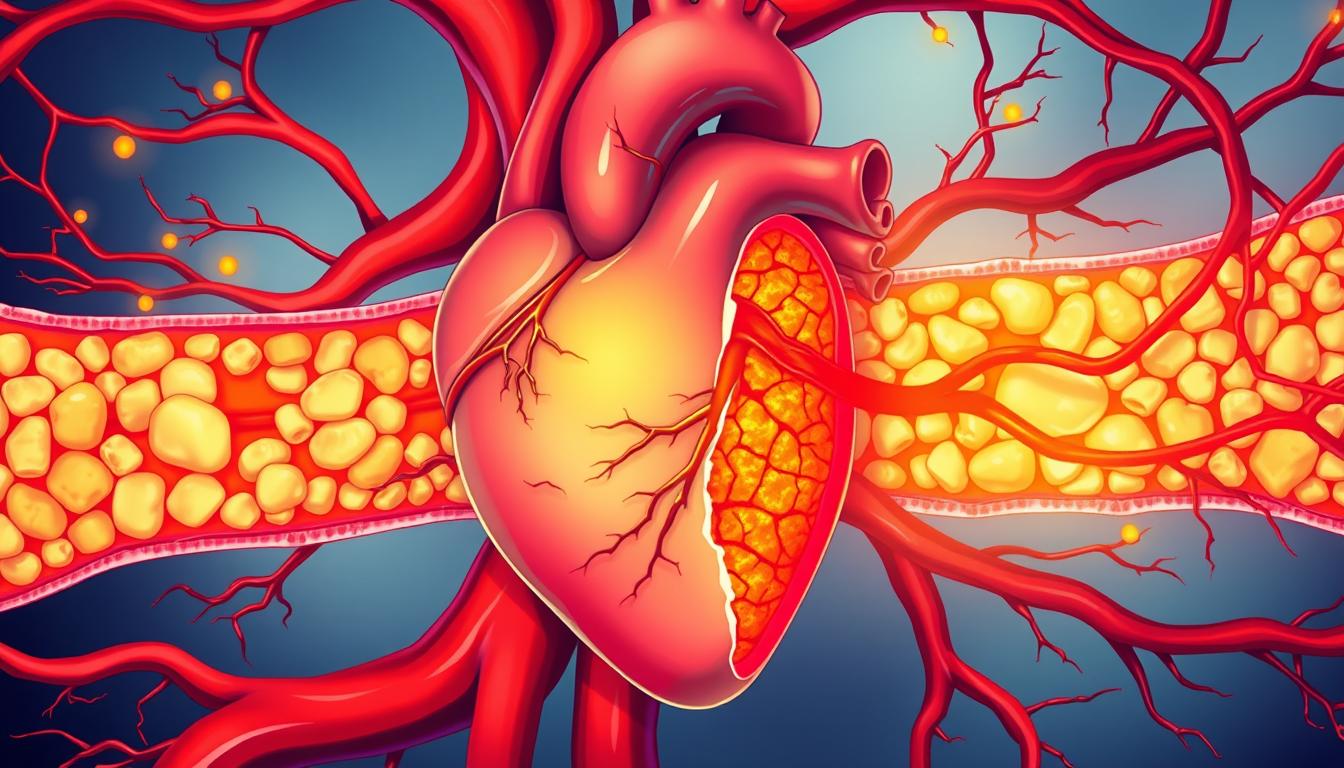The ketogenic diet, or keto diet for short, has gained tremendous popularity in recent years. This low-carb, high-fat diet is known for its potential to help individuals lose weight, improve metabolic health, and even boost mental clarity. If you’re considering embarking on a keto journey, it’s crucial to have a well-structured meal plan to ensure you stay on track and reap the full benefits of this dietary approach. In this comprehensive guide, we’ll take you through a step-by-step process to create the ultimate keto diet meal plan.
Understanding the Keto Diet
Before diving into meal planning, it’s essential to understand the basics of the keto diet. The primary goal of this diet is to put your body into a state of ketosis, where it burns fat for fuel instead of carbohydrates. To achieve this, you’ll need to significantly reduce your carb intake and replace those carbs with fats. Here’s a breakdown of the macronutrient composition of a standard keto diet:
- Fat: About 70-80% of your daily calories should come from healthy fats.
- Protein: Approximately 20-25% of your daily calories should come from protein.
- Carbohydrates: You should limit your daily carb intake to around 5-10% of your total calories. This usually equates to 20-50 grams of net carbs per day.
Step 1: Calculate Your Daily Calorie Intake
Before creating your keto meal plan, determine your daily calorie requirements. This number depends on factors like your age, gender, activity level, and weight loss goals. You can use online calculators or consult a healthcare professional to get a more accurate estimate.
Step 2: Set Your Macronutrient Goals
Once you have your daily calorie intake, you can determine your daily macronutrient goals. As mentioned earlier, the standard keto macronutrient breakdown is 70-80% fat, 20-25% protein, and 5-10% carbohydrates. To translate these percentages into grams, multiply your daily calorie intake by the appropriate percentage and divide by the number of calories per gram for each macronutrient:
- Fat: 9 calories per gram
- Protein: 4 calories per gram
- Carbohydrates: 4 calories per gram
For example, if your daily calorie intake is 1,800 calories, your macronutrient goals might look like this:
- Fat: 70% of 1,800 calories = 1,260 calories from fat
- Protein: 20% of 1,800 calories = 360 calories from protein
- Carbohydrates: 10% of 1,800 calories = 180 calories from carbs
To convert these calorie goals into grams, divide by the calories per gram for each macronutrient:
- Fat: 1,260 calories ÷ 9 calories per gram = 140 grams of fat
- Protein: 360 calories ÷ 4 calories per gram = 90 grams of protein
- Carbohydrates: 180 calories ÷ 4 calories per gram = 45 grams of carbs
So, in this example, your daily keto macronutrient goals would be approximately 140 grams of fat, 90 grams of protein, and 45 grams of carbs.
Step 3: Choose Keto-Friendly Foods
Now that you have your macronutrient goals, it’s time to select foods that fit within these parameters. Here’s a list of keto-friendly foods to include in your keto diet meal plan:
Foods High in Healthy Fats:
- Avocado
- Olive oil
- Coconut oil
- Butter
- Nuts and seeds (in moderation)
- Fatty cuts of meat (e.g., steak, salmon, bacon)
Protein Sources:
- Chicken
- Turkey
- Beef
- Pork
- Fish (especially fatty fish like salmon)
- Eggs
- Tofu
- Tempeh
Low-Carb Vegetables:
- Leafy greens (spinach, kale, arugula)
- Broccoli
- Cauliflower
- Zucchini
- Bell peppers
- Asparagus
Dairy (in moderation):
- Cheese
- Full-fat yogurt
- Heavy cream
Condiments and Flavorings:
- Herbs and spices (avoid those with added sugars)
- Vinegar
- Mustard
- Hot sauce (without added sugar)
- Sugar-free mayonnaise
Step 4: Plan Your Meals
Now it’s time to create a sample keto diet meal plan based on your daily calorie and macronutrient goals. Here’s a 3-day sample keto meal plan to get you started:
Day 1:
Breakfast: Scrambled eggs with spinach and feta cheese cooked in butter.
Lunch: Grilled chicken breast with a side of sautéed broccoli in olive oil.
Dinner: Baked salmon with asparagus and a lemon-butter sauce.
Snacks: Almonds or macadamia nuts.
Day 2:
Breakfast: Avocado and bacon omelet.
Lunch: Mixed greens salad with grilled steak and ranch dressing (check for added sugars).
Dinner: Pan-fried tofu with stir-fried vegetables in sesame oil and soy sauce (use a low-carb soy sauce or tamari).
Snacks: Celery sticks with cream cheese.
Day 3:
Breakfast: Greek yogurt with berries and a drizzle of heavy cream (unsweetened).
Lunch: Turkey and avocado lettuce wrap with mayonnaise.
Dinner: Beef stir-fry with cauliflower rice and low-carb stir-fry sauce.
Snacks: Sliced cucumber with guacamole.
Remember to adjust portion sizes to meet your daily calorie and macronutrient goals. Additionally, be mindful of hidden carbs in sauces, dressings, and seasonings. Always check nutrition labels for added sugars and unnecessary carbs.
Step 5: Monitor Your Progress
Consistency is key when following the keto diet meal plan. Keep track of your daily food intake using a food diary or a mobile app. This will help you stay within your carb, protein, and fat limits. You can also monitor your progress by tracking your weight, body measurements, and how you feel overall.
Step 6: Stay Hydrated and Replenish Electrolytes
Ketosis can lead to increased water loss and a loss of important electrolytes like sodium, potassium, and magnesium. It’s essential to stay hydrated and consider supplementing with electrolytes if you experience symptoms like fatigue, muscle cramps, or dizziness.
Step 7: Be Prepared for Keto Flu
When you first transition to the keto diet meal plan, you may experience what’s commonly known as the “keto flu.” This temporary phase can bring symptoms such as headaches, fatigue, and irritability. These symptoms usually subside after a few days as your body adapts to burning fat for fuel. To ease this transition, make sure you’re getting enough electrolytes and stay well-hydrated.
Step 8: Make Adjustments as Needed
Everyone’s body is different, so it’s essential to listen to yours. If you’re not seeing the results, you desire or if you’re experiencing negative side effects, consider making adjustments to your meal plan. You might need to tweak your macronutrient ratios, experiment.













